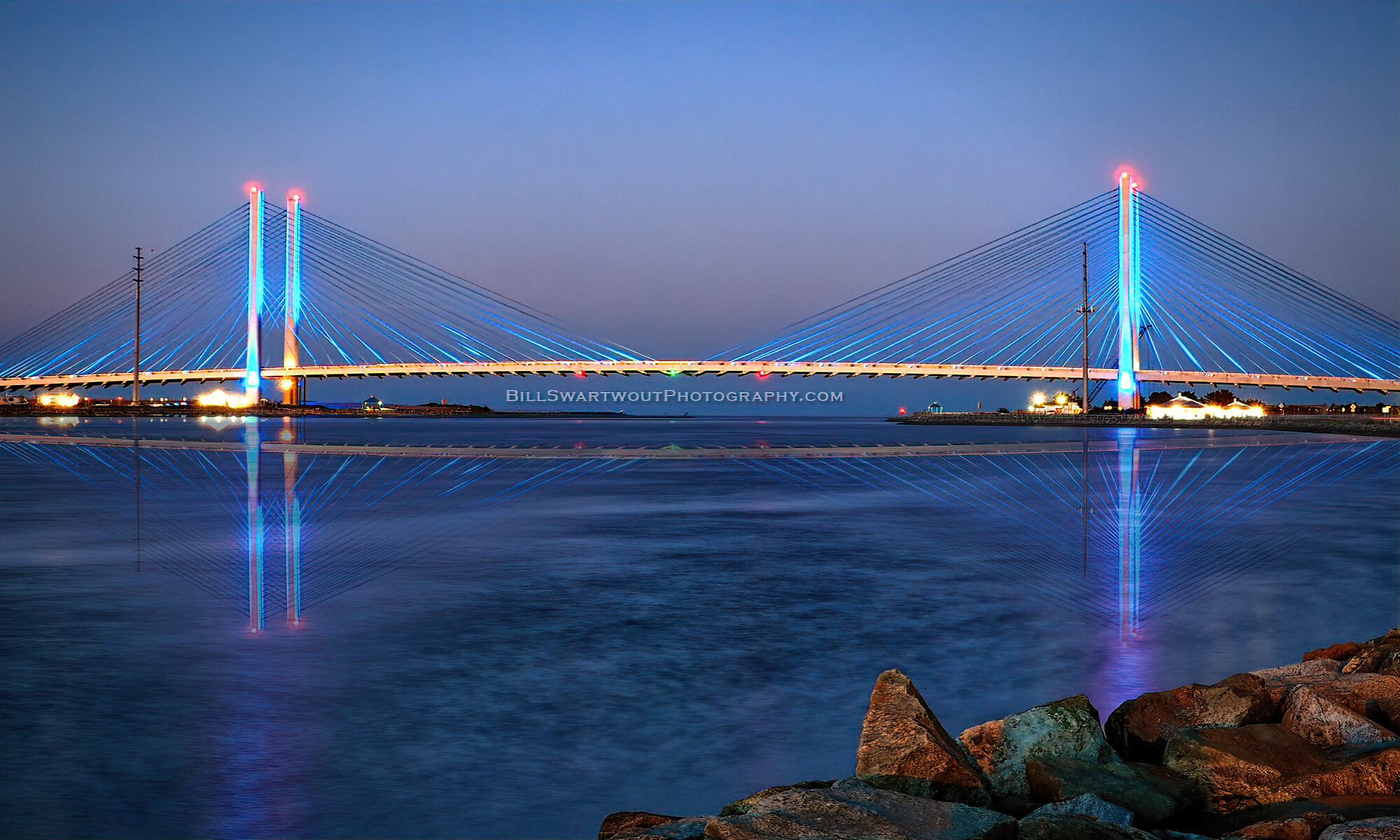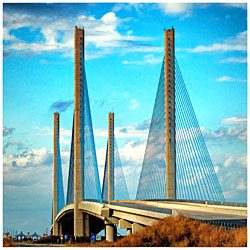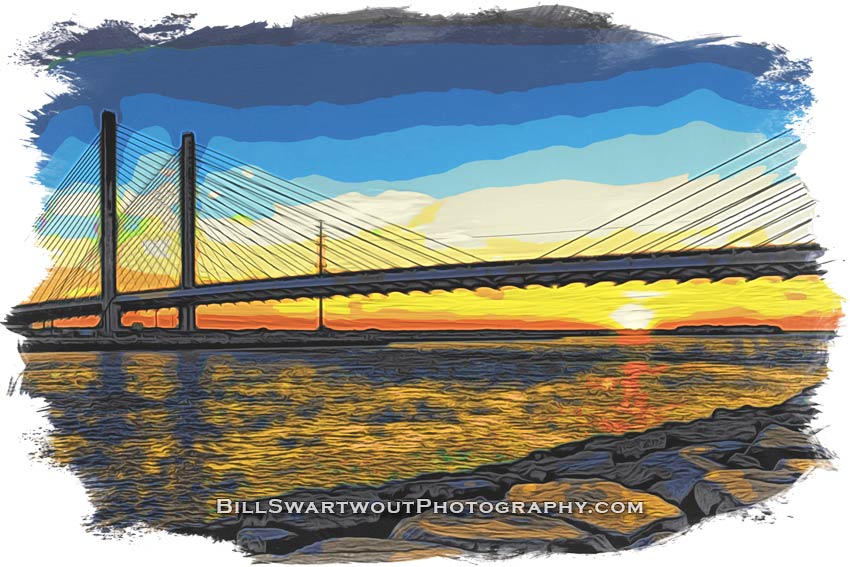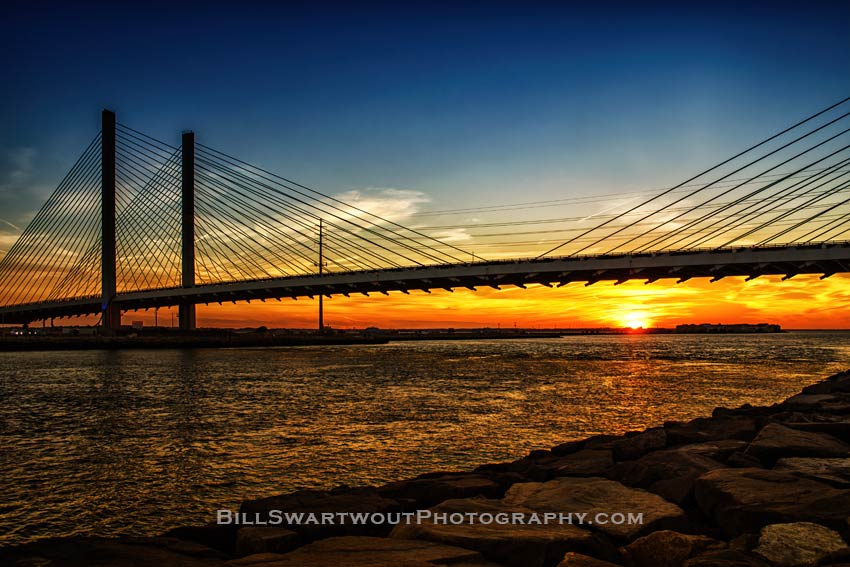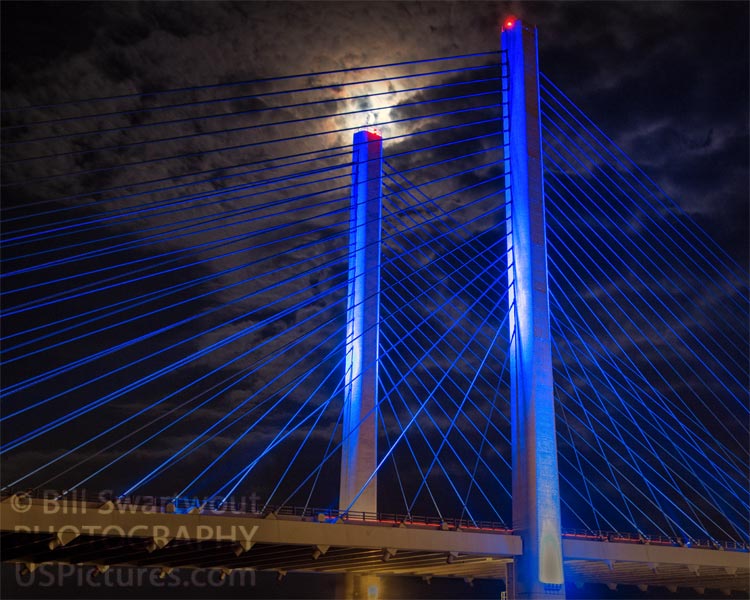Red sky in the morning sailor’s take warning.
As the adage goes, yes, this does apply to boats and sailors who sail out of the Indian River Inlet and under the Indian River Inlet Bridge. The Charles W. Cullen Bridge north of Bethany Beach, Delaware has many boats and sailors passing below while heading out into the Atlantic Ocean.
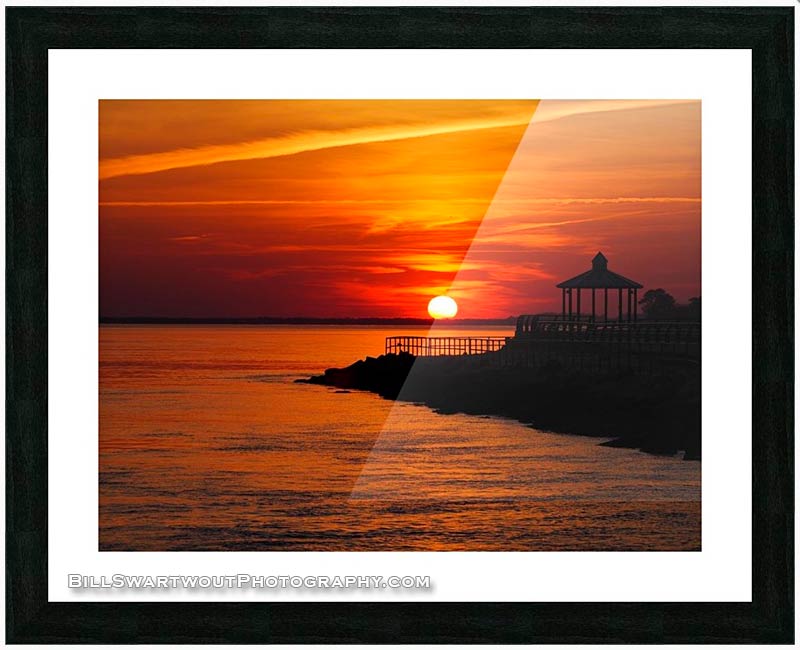
Have you ever wondered what it means and whether the old sailor’s saying “Red sky at night, sailor’s delight” is really true? It is an age-old proverb that has been used throughout history by sailors to predict the weather. How does it help determine when fair sailing conditions are likely to arise?
What Does It Mean? The most common interpretation of this old saying is that if the sky is red at night, it will be calm and fair sailing conditions the following day.
Red sky in the morning sailors take warning.
These classic sayings have been around for centuries. As sailors and fishermen were some of the first people to take to the waters, they developed a sophisticated understanding of the environment and its impact on their livelihoods. The phrases are believed to have originated in ancient Greece and eventually spread throughout Europe and then around the world. Sailors were especially keen to use this simple prediction method because they often relied on clear skies for their voyages.
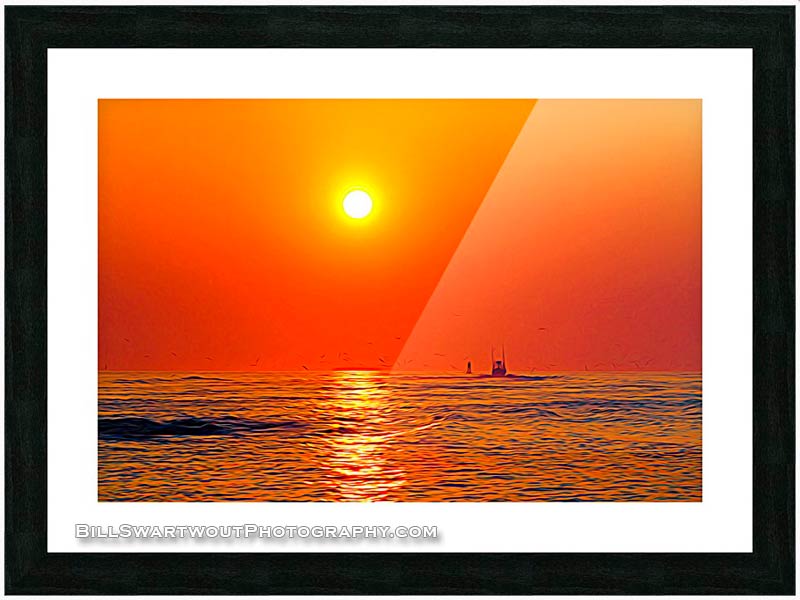
Modern science has found evidence to support this idiom, with certain atmospheric conditions causing red skies during sunsets. It is (now) known that when high pressure systems move in from the west and cause stable air masses, then you are likely to see a beautiful sunset with bright reds and oranges in the sky – which can be interpreted as an upcoming period of clear skies. In contrast, a gray, yellow/orange or red sunrise often signals rain because it is an indication of lower air pressure with more clouds and (possible) stormy conditions ahead.
Although this ancient saying is not always accurate, it can serve as a useful tool for sailors and others who are looking for an indication of upcoming weather patterns. By taking into consideration other factors such as wind direction, barometric pressure readings, cloud cover and temperature changes, people may be able to better gauge their chances for safe sailing conditions.
Yes, both of these photographs are available as wall art for your home or office. Click the images above or the links below to “go shopping” and see what is available.
Link to: Red Sky at Night
Link to: Red Sky in the Morning
Link to: The Indian River Collection at Bill’s Pictorem Gallery
Link to: Bill’s Indian River Collection at Fine Art America/Pixels
